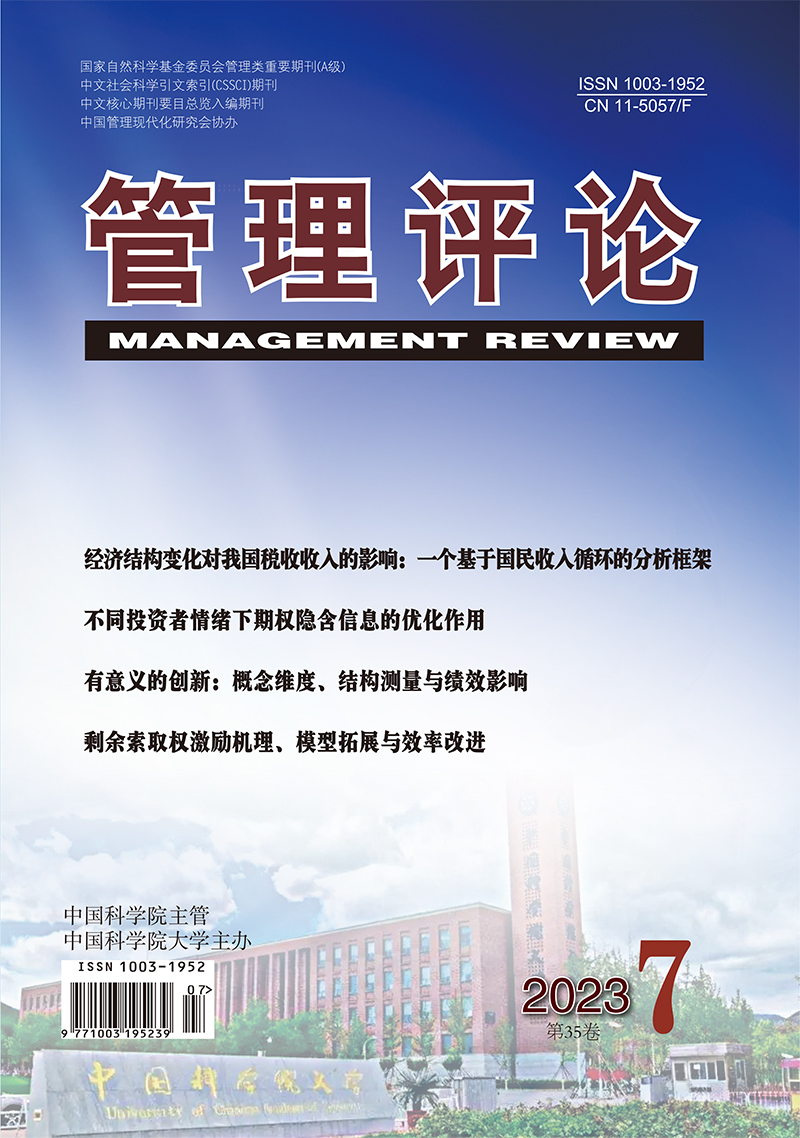|
|
Research on the Supply Chain Pricing Decision under Different After-sales Service Modes
Huang Yimin, Xu Yuanyuan, Zhang Ge, Li Mengmeng, Li Qiuxiang
2023, 35 (7):
281-297.
The after-sales service is a key link in the process of the high-quality development of manufacturing enterprises. From the perspective of the after-sales service cooperation, this paper studies the pricing decision of after-sales service cooperation in a multi-channel competitive supply chain consisting of one manufacturer and two retailers. At first, the Stackelberg model of the after-sales service cooperation is constructed between online retailers and manufacturers and offline retailers, and the horizontal after-sales service cooperation is compared and analyzed between online and offline retailers and the vertical after-sales service cooperation between manufacturers and online retailers. What's more, the influence of after-sales service on the pricing decision of each member in the multi-channel supply chain is discussed from the perspective of the dynamic evolutionary game, and the influence of key system parameters (after-sales service level and after-sales service cost parameters) on the system stability domain is studied. The results are as follows. First, the model of the after-sales service cooperation increases the profits of each member in the supply chain. Compared with the two different models of after- sales service cooperation, the after-sales service cost parameter has a greater impact on the product pricing decision of the market leaders, but has a smaller impact on the after-sales service cost pricing decision. In the manufacturer-led model, the after-sales service level has a great influence on the after-sales service cost. The retail price and the after-sales service cost of the three channels increase with the increase of the sensitivity coefficient of the after-sales service level and the after-sales service cost parameters of the corresponding channels. Second, compared with offline retailers, the game scope of manufacturers' price decision and the room for manufacturers' price and profit in a stable state are larger. In the model Z, the reduction degree of price adjustment parameters of the after-sales service cost and the after-sales service cost parameters has a great influence on the after-sales service cost. Market leaders prefer to decide the after- sales service costs, and the after-sales service cooperation can meet customers' after-sales service needs, improve the after-sales service level, and reduce the after-sales service costs. The above conclusions have a strong guiding significance in theory and practice for the improvement of the after-sales service of each member in the supply chain and the cooperation and development between online and offline retailers and manufacturers.
References |
Related Articles |
Metrics
|

